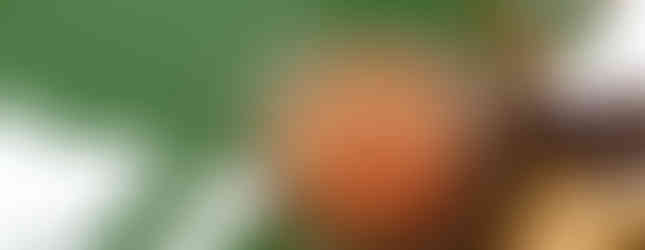A year in the life of a marine biologist in Iveragh
- Christina Winkler

- Jan 10, 2023
- 4 min read
Updated: Sep 28, 2023

I am Christina and I have spent the past 18 months in one of the most beautiful places in Ireland: the Iveragh Peninsula. Not just that I worked here, I also got to enjoy all my free time in and around the peninsula, which has a lot to offer.
Inland, Iveragh has lakes, bogs, mountains, the darkest skies imaginable, winding roads (and potholes) and so much wildlife. But most of my time with the LIVE Project I spent near the sea along the peninsula’s 200km coastline.
"There is always time for a dig at the beach,
you never know what you will find"
When I started, I chose 11 sites along the coast from where I aimed to spend 100 minutes searching for whales and dolphins every month. I ended up doing 120 watches, which is a lot of time watching the water (over 190 hours to be more precise).
But it was worth my time. While most people I talked to when I came to Iveragh mentioned Bray Head as THE spot to see cetaceans, it turned out that you can actually see them from almost anywhere. I had sightings at all of my sites and all year round. The sites proving most popular were Bolus and Ducalla Head. Both sites of this headland offer altitude and with good visibility (and binoculars and a scope), the best chances to spot something swimming in the water.
But even without optics, I was lucky enough to see Risso’s and bottlenose dolphins swimming close to shore with my bare eyes. In Ballinskelligs Bay I saw harbour porpoises during most of my watches. Common dolphins lived up to their name by being the most common species in general. I spotted them from all the sites. Large whales (humpbacks and fin whales) were best seen from Bray Head alright, but we saw minke whales from Geokaun and all along the west coast down to Glanbeg, making them the second most common species of the year. Looking at preliminary results of my own watches, the sea surface temperature/season seems to have the biggest impact on cetacean encounters.

I saw significantly more whales and dolphins during the summer months. This means that you can see cetaceans throughout the year and from the entire coastline of Iveragh, but you are more likely to see more of them during the summer. With these findings and events, social media posts and presentations, I am hoping to inspire other people to go whale watching, even during the ‘off-season’, showing that you do not need a boat for doing so. Indeed, I started a group of whale watchers, some of whom have joined me on successful watches.

I reported all sightings recorded through LIVE to the Irish Whale and Dolphin Group (IWDG) and inevitably ended up spending a lot of my time with them. I attended several courses, which in return resulted in being one of the live stranding responders on two Iveragh live strandings in 2022. I sailed on the Celtic Mist for one week this summer as part of the IWDG Survey. Besides that trip, I also got to join a few local tour boat operators on their trips from Derrynane, Castlecove and Portmagee, who increased their involvement in reporting their own sightings to the IWDG.
Thanks to fantastic colleagues and the local community, I never felt alone, even though I moved into the middle of nowhere (literally), on my own (plus cat). I got to see all the wonders of Iveragh that you only get to see when you listen to the whispers of the grapevine: bioluminescence in Derrynane Bay (You really need to get into the water for this!), SUPing into the sunset in Ballinskelligs Bay with Sea Synergy, a near-miss live stranding event of a pod of pilot whales, kerry slugs on Lamb’s Head (loooots of them), nightly (and daily) rockart, natterjack toads going for a nightly stroll at Derrynane Beach, a white-tailed eagle surprising our archaeological fieldwork, hidden lizards (but only if Linda finds them for me first), kayaking in the midst of beautiful compass jellyfish (and a seal), sunken forests, shooting stars and thunder storms surrounded by the Iveragh mountains, mushroom foraging, rescue of a grey seal pup, and of course the occasional get-together and pint in the pub.
Iveragh’s shores are full of interesting finds, which inspired me to start a surprising hobby - collecting skulls and sea glass! I also became a volunteer on the national Irish Wetland Birds Survey (IWeBS), which I definitely never thought I’d end up doing (because all the whale watches were not enough time spent outside in wind and bad weather). And I learned surprisingly much outside of my actual work, simply by connecting to nature and wonderful people and by becoming a part of the Iveragh community.
EDITORS NOTES:
Christina created datasets of all of her land-based effort watches, boat watches, environmental and tidal data across Kenmare Bay, Ballinskelligs Bay, and Dingle Bay. These are available on the open access repository Zenodo. You can access them using the DOI 10.5281/zenodo.7509398 or at https://zenodo.org/record/7509398




























Comments